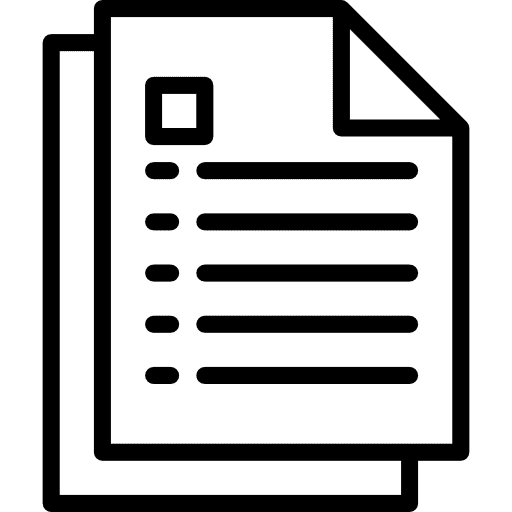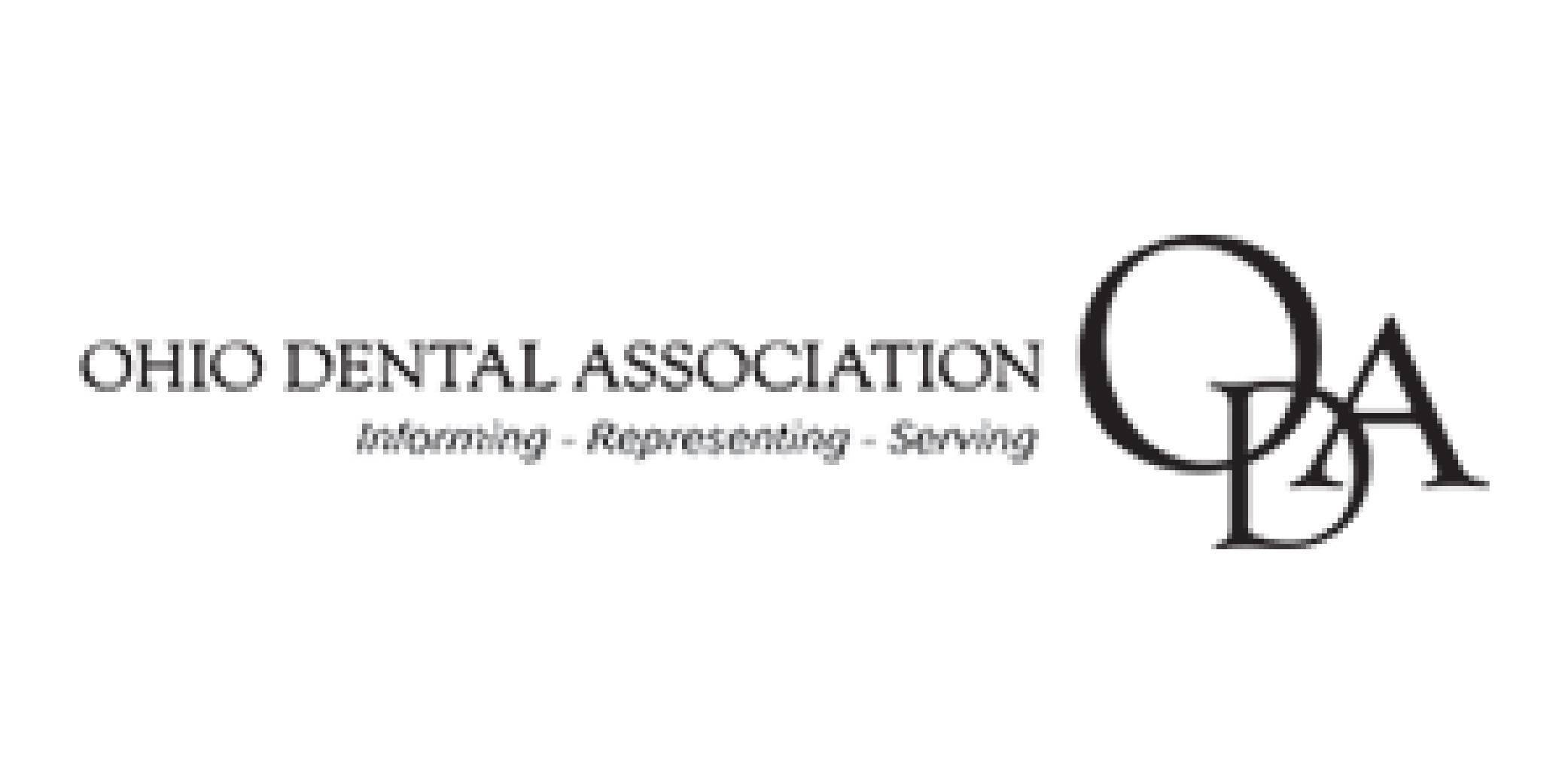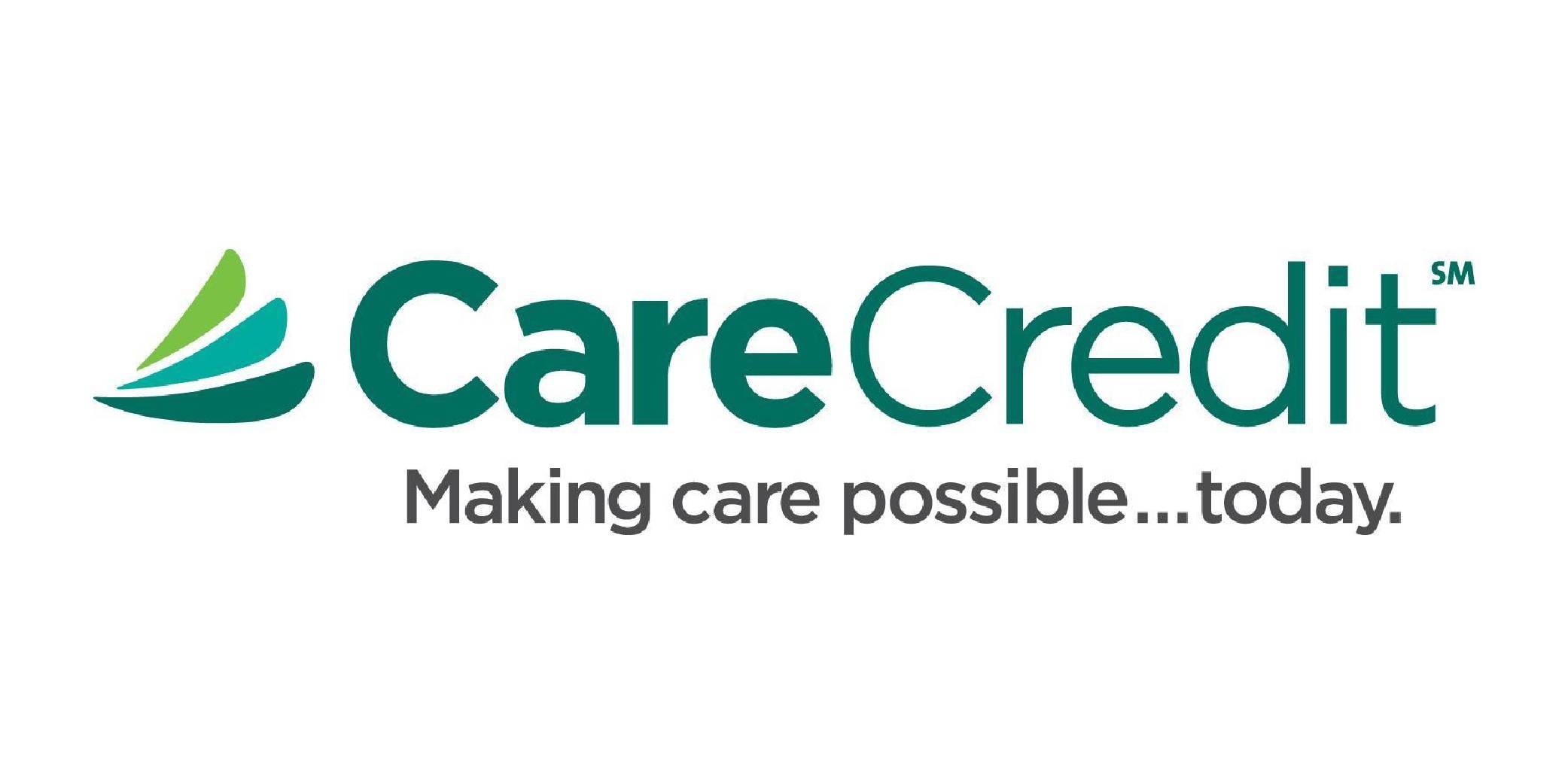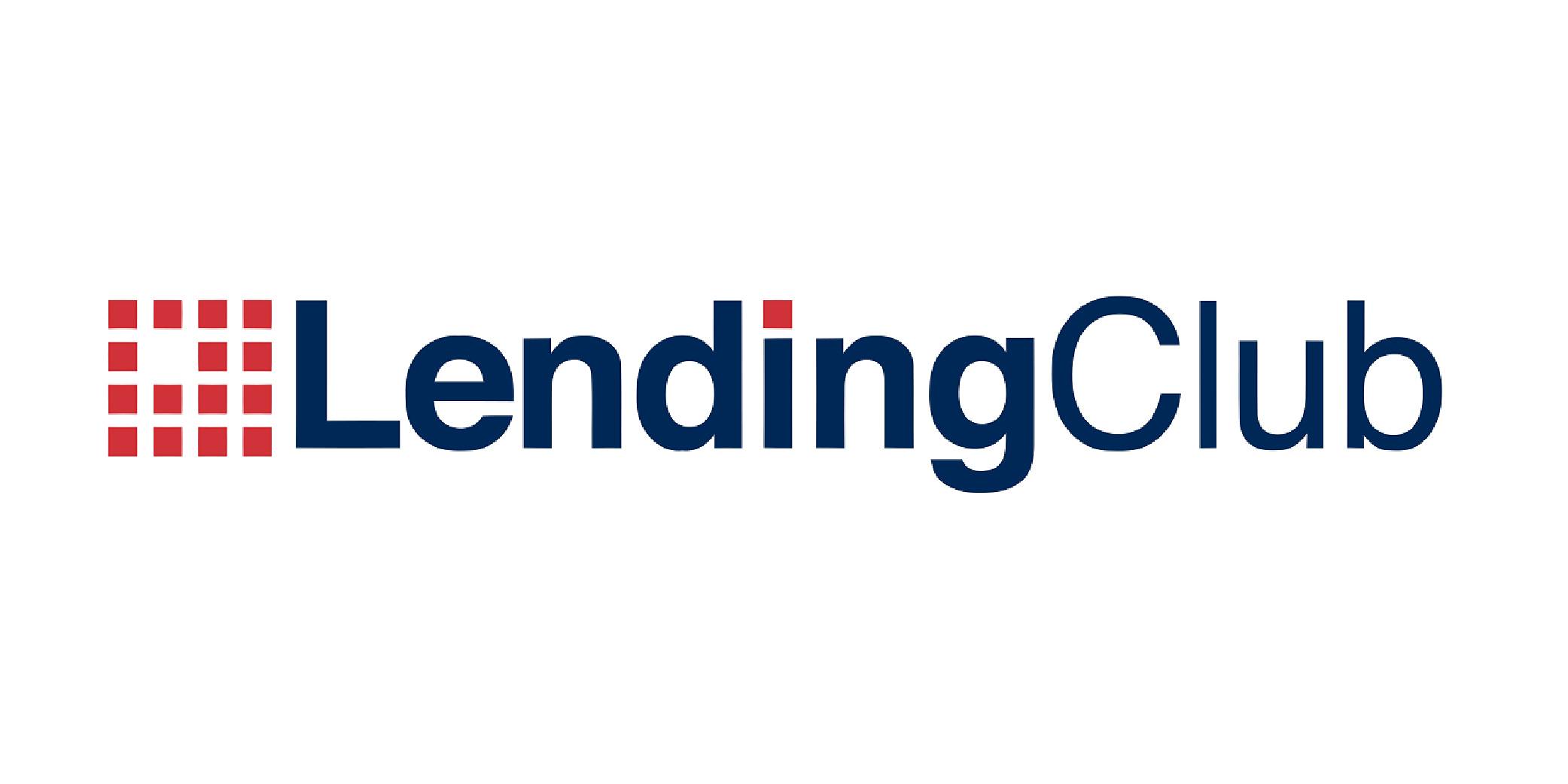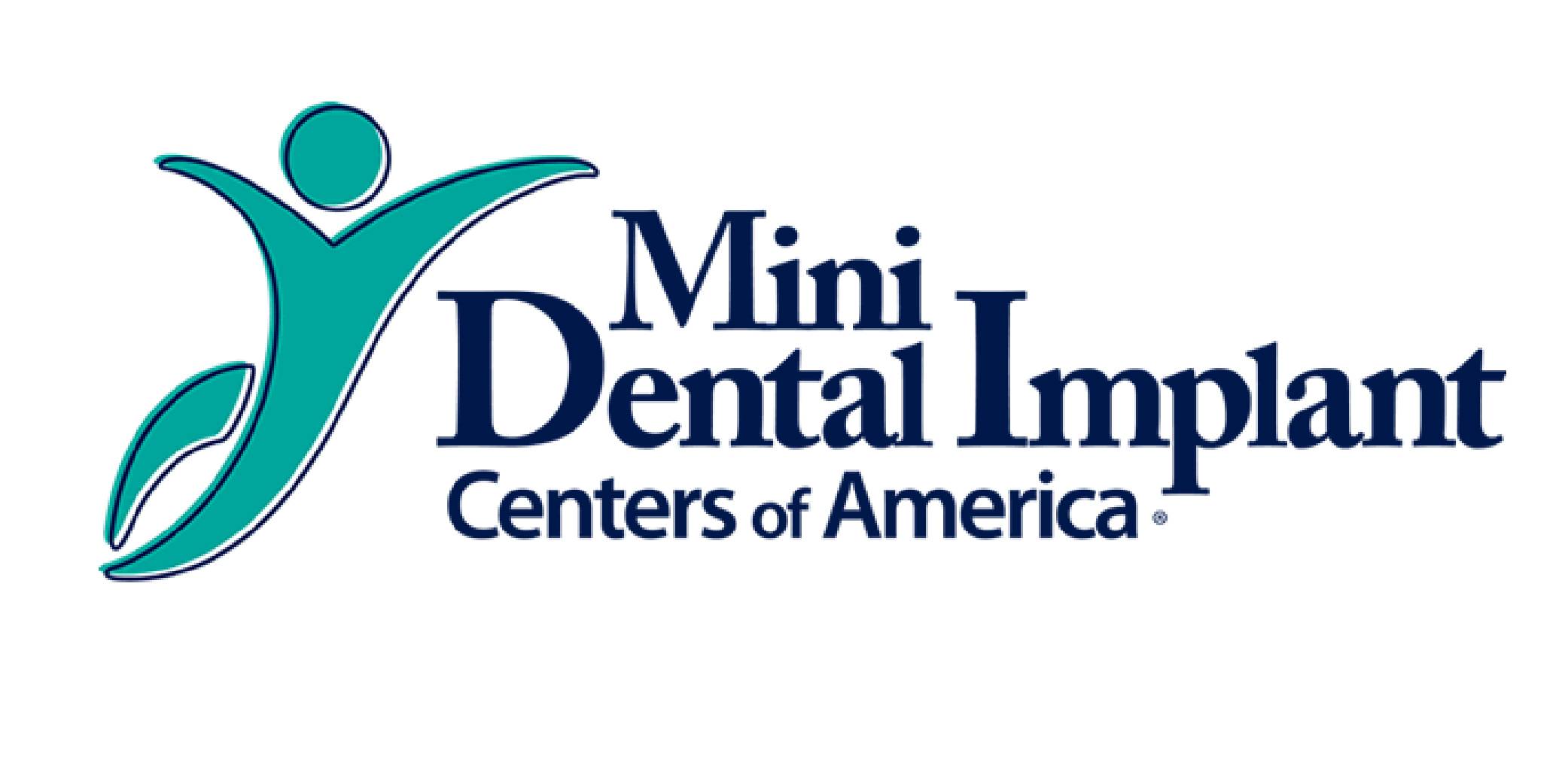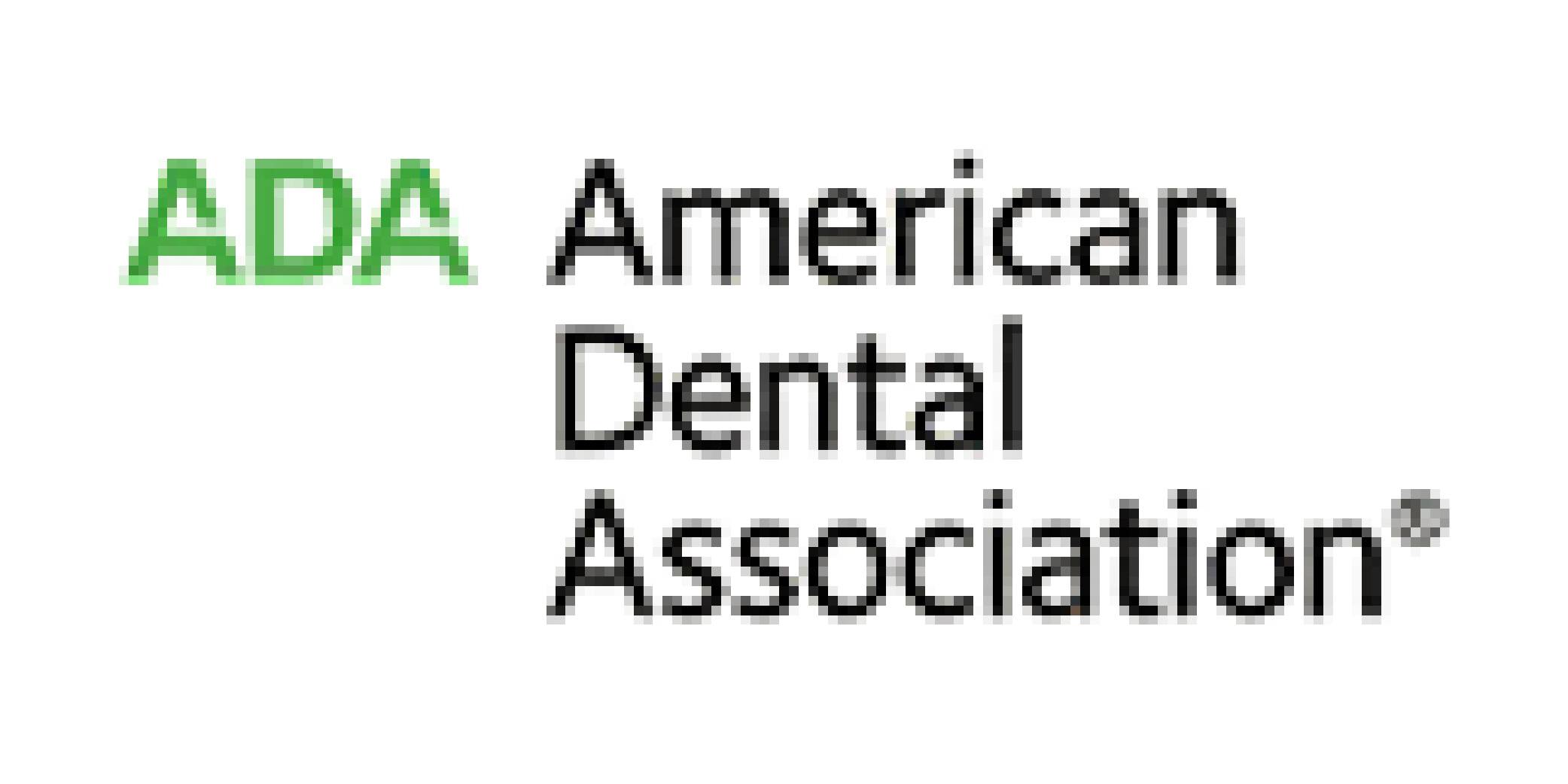Acupressure Benefits & Pressure Points: Relieve Pain, PMS & Insomnia

March 9, 2018
Original article and page source found here.
Similar in principle to acupuncture, but with absolutely no needles involved and no additional equipment required, acupressure is a fascinating health tool that you can start using today. That’s right, self-acupressure is not hard to do and it simply involves applying pressure to your own acupressure points. Thankfully, more and more people are realizing that acupressure can help with pain rather than turning to addictive opioids.
There are many pressure points on the body and when I say “the body,” I mean all over the entire body, from your head to your toes and so many places in between! There are pressure points on the body to relieve pain, pressure points for nausea, pressure points to induce labor … the list goes on and on.
I’m about to tell you about a method that dates back thousands of years yet has recent research confirming many of its most common uses.
What Are Pressure Points? What Is Acupressure?
Roots in Traditional Chinese Medicine
Acupressure has clear roots in the practice of Traditional Chinese Medicine or TCM. To properly define acupressure: acupressure is an “alternative-medicine practice in which pressure is applied to points on the body aligned along 12 main meridians (pathways), usually for a short time, to improve the flow of qi (life force).” Another acupressure meaning: a method of activating the body’s self-healing mechanisms to treat illness and alleviate pain. (1, 2)
Like reflexology, acupressure is based on the vital energy theory which says that stress impedes the flow of the “vital energy” that exists in each human body. Reflexology mainly focuses on the feet and hands while acupressure is practiced all over the body. Acupressure, acupuncture and reflexology are all methods that are believed to help optimize that flow of energy in our bodies.
You can perform self-acupressure or you can seek acupressure therapy from a certified specialist. Self-acupressure is great because the majority of acupressure points can be reached, but if someone else does it then all points can be reached plus you benefit from their expertise including what points help what and appropriate pressure timing and intensity.
What is acupressure massage? It’s a form of massage where pressure is intentionally applied to specific points of the body. This pressure points massage is also referred to as a shiatsu massage. Shiatsu originates in Japan, and the goal of shiatsu is to remove blockages in the body by realigning meridian points, which in turn is supposed to help balance energy in the body helping it feel better in both a physical and mental sense.
Some shiatsu practitioners put more of an emphasis on the body’s meridian lines than on pressure points. In addition to their fingers, shiatsu experts are likely to use their knuckles, elbows, fists and even feet to apply pressure.
Use in Ayurveda
In addition to having a long history in Traditional Chinese Medicine, acupressure is also utilized in Ayurvedic Medicine. Ayurvedic acupressure is also called Marma therapy and it can be defined as an ancient Indian practice that uses the manipulation of subtle energy (prana) in the body with the intention of supporting the body’s healing process. Prana in ayurveda is like qi or chi in TCM. Marma therapy uses 107 acupressure points, which are believed to be access points to the entire body as well as the mind and consciousness. (3)
What is an acupressure point?
An acupressure point, often called a pressure point, can be defined as a point on the body to which pressure is applied (as in acupressure or reflexology) for therapeutic purposes. (4)
What is an acupressure chart?
An acupressure chart is basically a pressure points chart. It shows all of the many locations all over the body that are considered acupressure points that can be pressed for various health concerns. An acupressure chart also typically shows the 12 main meridians of the body. What is a meridian? It’s an “energy highway” in the human body through which energy or qui flows. These are channels within the body that correspond to major organ systems such as the heart, kidney and liver. Each meridian has various acupressure and acupuncture points along its path. (5)
There are six leg meridians including the gall bladder (GB), urinary bladder (B), kidney (K), liver (Lv), stomach (S) and the spleen/pancreas (Sp). The six arm meridians are the large intestine (LI), small intestine (SI), heart (H), pericardium (Pc), triple warmer (TW) and lung (L). When you see an acupressure point start out with one of these letters, it’s referencing which meridian it’s located on. Pressing just one acupressure point can help to relieve a specific symptom or health condition. It’s also common in acupressure to work a series of pressure points for one concern or just to promote overall well-being.
Differences between acupressure and acupuncture
Acupressure vs acupuncture, what are the differences? Acupressure points and acupuncture points are the same. Both methods use the same meridian lines, too. The biggest difference is that acupuncture stimulates the points with needles while acupressure applies bodily (mainly finger) pressure to the points. This pressure can range from gentle to firm. Both disciplines aim to optimize energy flow in the body through the release of tension/blockages. (6)
Self-acupressure
Does self-acupressure work? I can say from my own personal experience that self-acupressure absolutely can work wonders. Of course, not all acupressure points are possible to manipulate on your own, but so many are in reach such as your hand pressure points. It’s actually pretty amazing to see just how many points are located on your hands alone!
The great thing about self-acupressure is that many points can be stimulated while you go about your daily life. While waiting in line at the grocery store, you can even apply pressure to one of the many acupressure points on your hand and it’s likely that no one will even notice.
Related: Do Ear Seeds Work To Relieve Pain & More?

5 Impressive Benefits of Acupressure
The benefits of acupressure are seemingly never ending. You name it and there is most likely at least one, if not multiple, acupressure points that are known to be helpful. In general, acupressure can help to release tension, boost circulation and reduce pain. Here are some top acupressure benefits for common health concerns:
1. Relieving Pain
One of the most popular general uses for acupressure is definitely pain relief. A systematic review published in 2014 in the journal Pain Management Nursing Studies looked at studies (from 1996 to 2011) where acupressure was used as a form of treatment and its effectiveness at reducing pain was evaluated. What kind of pain are we talking about with all of these many studies? Examples of conditions that led to pain for study subjects included conditions such as chronic headaches, lower back pain, labor pains, dysmenorrhea and “other traumatic pains.”
Overall, the review concludes:
Acupressure has been shown to be effective for relieving a variety of pains in different populations. The review begins to establish a credible evidence base for the use of acupressure in pain relief. The implication for health care providers would be incorporating acupressure into their practice as an alternative therapy to facilitate patients who suffer from pain. (7)
A randomized, controlled clinical trial published in The American Journal of Chinese Medicine has more specific results when it comes to headache pain. The researchers found that “one month of acupressure treatment is more effective in reducing chronic headache than one month of muscle relaxant treatment, and that the effect remains six months after treatment.”
The most popular acupressure point for pain and tension is probably LI4, aka the “joining valley” or “hand valley point.” This point can be found in the firm skin between the thumb and index finger. It’s very easy to manipulate with the fingers of your other hand.
2. Reducing PMS Symptoms
For many women, premenstrual syndrome (PMS) is a dreaded thing to deal with month after month. There are certainly things you can do to reduce PMS symptoms, including making changes to your diet. It also appears that acupressure can improve these unwanted symptoms. Research shows that manipulating acupressure points LI4 and LV3 (also known as LIV3) may help. LV3 is located on your foot about two finger-widths above the place where the skin of your big toe and the next toe join.
A study published in 2017 in the journal Complementary Therapies in Medicine looked at the effects of acupressure on the quality of life in women with PMS. This randomized, single blinded clinical trial had 97 participants with PMS receive 20 minutes of acupressure on different points for the two weeks before menstruation for three consecutive menstrual cycles. Subjects received acupressure on either LV3, LI4 or a placebo point.
What did the researchers find? Both LV3 and LI4 were highly effective acupressure points for reducing PMS. The number of subjects with moderate/severe PMS decreased in LV3 and LI4 acupressure groups by the second and third cycles compared with the placebo group. In addition, anxiety and depression scores “significantly decreased” in the LV3 and LI4 groups by the second and third cycles compared with the placebo group. (8)
3. Calming Nausea
One of the most popular acupressure points used for nausea and vomiting is pressure point P6 or Pc6. P6 is located on your inner arm near your wrist. It works so well that Memorial Sloan Kettering Cancer center recommends acupressure on this point to relieve nausea and vomiting due to chemotherapy. (7)
It’s common for some patients to experience nausea after surgery. Research has shown that acupressure is “an effective minimal risk and low-cost adjunctive therapy for prevention and treatment” of postoperative nausea and vomiting in high-risk ambulatory surgical patients. The specific acupressure point used was P6. (8)
The stomach 44 pressure point or S44, also referred to as the “inner courtyard”, is another well-known point targeted for nausea relief. There are also several other acupressure points that can be helpful for nausea and vomiting including S36 and CV22.
4. Inducing Labor
Many pregnant women don’t want to be induced using unnatural means which is why many turn to alternative methods like acupressure or acupuncture. A review of 22 randomized controlled trials involving more than 3,400 pregnant women concludes that while acupressure (and acupuncture) do not appear to decrease the need for a Caesarean section, acupressure “may increase the readiness of the cervix for labor.” (9)
Pressure points for labor include LI4, BL67, SP6, BL60, PC8 and BL32. Points like these are believed to boost blood flow to the uterus, affect hormonal responses and encourage uterine contractions. (10)
Of course, a pregnant women should check with her doctor before using acupressure to induce labor. Same thing goes for acupuncture to induce labor.
5. Insomnia
Sleep issues, like insomnia, plague many people today. The good news? Acupressure may be able to help. A randomized controlled trial published in 2017 in the Journal of Sleep Research looked at the effects of self-acupressure for alleviating insomnia. The 31 male and female subjects with insomnia disorder were randomized to receive two lessons on self-administered acupressure or sleep hygiene education.
The acupressure group performed acupressure on themselves for four weeks. By week eight, the subjects in the self-administered acupressure group had a lower (yet not statistically significant) Insomnia Severity Index (ISI) score than the subjects in the sleep hygiene education group. More studies are warranted, but overall the study concludes, “self-administered acupressure taught in a short training course may be a feasible approach to improve insomnia.” (12)
Related: How Energy Healing Works to Benefit the Body & Mind
History of Acupressure
Acupressure has been used for thousands of years in Traditional Chinese Medicine or TCM. Acupressure points, also called acupoints, and their specific applications are said to have first been established by TCM theory. As I mentioned earlier, acupressure has also been used in Ayurvedic medicine for centuries as well.
Some say that acupressure as well as acupuncture came about as early Chinese healers studied the puncture wounds of Chinese warriors and observed that specific points on the body created interesting results when stimulated. Not only did acupressure reduce pain in the area of the pressure point, but it could be used to benefit other areas of the body no where near the pressure point.
Acupressure uses the same points as acupuncture, but is completely non-invasive. How far back to these fascinating acupressure points go? Thousands of years with one of the oldest known texts specifically on the subject of acupuncture/acupressure points being the Systematic Classic of Acupuncture from 282 A.D. (20)
Related: Massage Gun Benefits, Best Types & Do They Really Work?
Precautions
If you are pregnant, it’s very important that you know pressure points of the body that are considered off-limits because they may encourage labor. Pregnant women should also check with their doctors before using acupressure treatments including acupressure to induce labor.
Anyone with a serious medical condition or life-threatening disease should always consult their doctor before using acupressure. Acupressure is not meant to be a substitute for necessary medical advice and/or intervention.
Final Thoughts
- Acupressure therapy is used to improve the flow of energy in the body which in China is referred to as qui or chi, in Japan it’s ki and in Indian Ayurveda it’s called prana.
- Stimulating acupressure points is believed to improve the body’s circulatory, lymphatic, immune and hormonal systems. Overall, it’s used to boost the body’s natural ability to heal itself.
- Acupressure is considered the non-invasive form of acupuncture. It does not involve needles and also does not require any additional equipment.
- Acupressure point manipulation has been shown to help a wide range of health problems including chronic pain (like headaches and back aches), PMS, sleep difficulties and nausea. It’s also employed to encourage labor in pregnant women.
- It’s essential to educate yourself on acupressure points and techniques (including appropriate pressure levels) before performing self-acupressure
